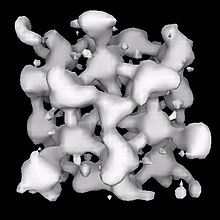00:00 - 18:0018:00 - 20:00
user116211
user116211
user116211
user116211
user116211
user116211
user116211
user116211
user116211
user116211
user116211
user116211
user116211
user116211
user116211
user116211
user116211
user116211
00:00 - 18:0018:00 - 20:00




